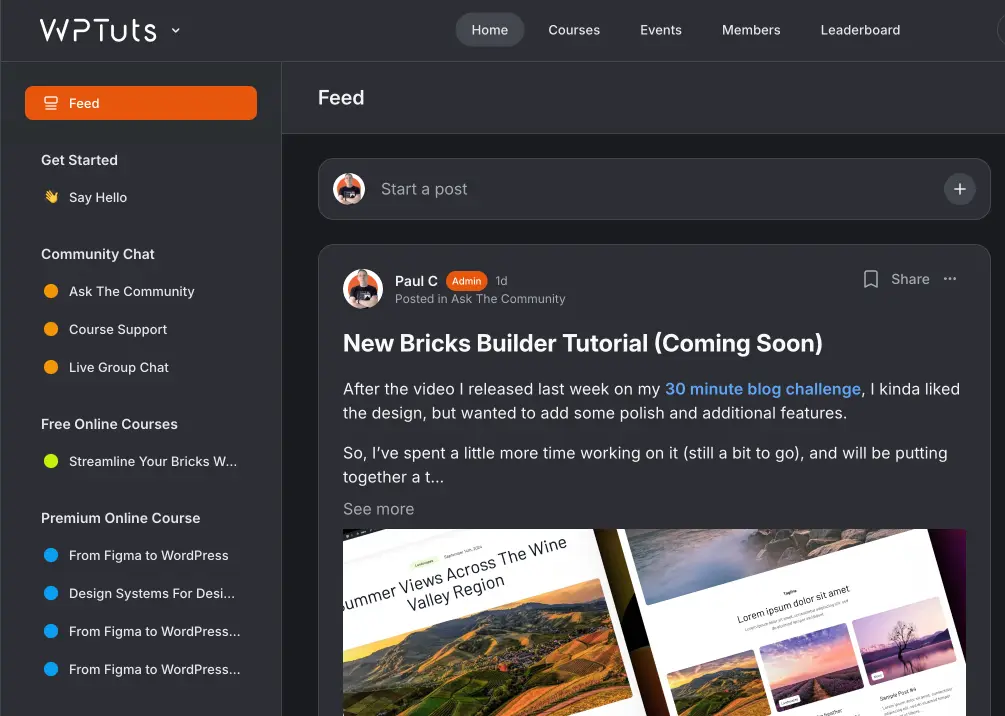Improving Accessibility with Semantic CSS Card Design
Accessibility in web design is a crucial aspect that often goes unnoticed. While it may not be the most exciting topic, it is essential to ensure that everyone can access and navigate websites seamlessly.
Understanding the Problem
The video addresses a common issue with card designs on websites. Typically, these designs consist of an image, a title, and a description. However, for users relying on screen readers, the image being the first item can cause difficulties understanding the content. This poses a challenge to accessibility.
The Technique
The video introduces a technique to enhance accessibility in card designs. Flipping the order of elements in the code ensures that the content is presented before the image. This way, screen reader users can immediately grasp the card’s context without waiting for the image description.
Creative Applications
The technique showcased in the video goes beyond accessibility improvements. It also opens up creative possibilities for web designers. By rearranging the elements, we can experiment with different layouts and create visually appealing card designs while maintaining accessibility standards.
Benefits for Accessibility
Implementing this technique benefits users who rely on screen readers. They can now access the card’s content immediately without waiting for the image description. This improves the overall user experience and ensures inclusivity for all website visitors.
Implementation
To apply this technique, web developers need to modify the code structure of their card designs. By placing the content elements before the image element, the accessibility of the design is significantly enhanced. The video provides a step-by-step demonstration of how to implement this technique effectively.
Conclusion
Accessibility should always be a priority in web design. The technique covered offers a practical solution to improve the accessibility of card designs on websites. By rearranging the order of elements in the code, we can ensure that screen reader users can access the content seamlessly.
This technique not only enhances accessibility but also allows for creative design possibilities. Let’s strive to create inclusive and user-friendly websites by implementing these accessibility improvements.
Community
Join the WPTuts Academy Today
Join over 400 members and gain access to a vibrant community of web designers today.

